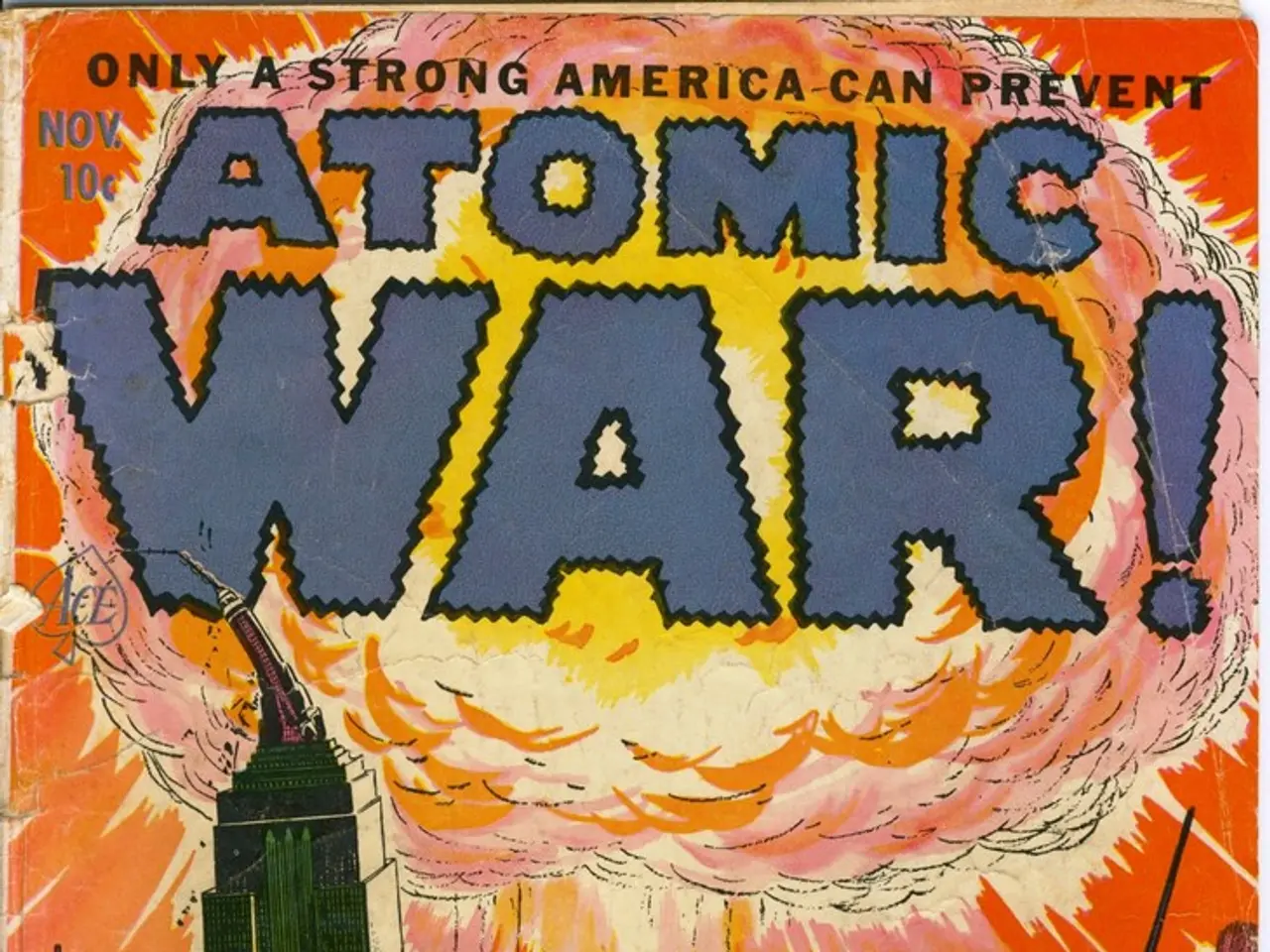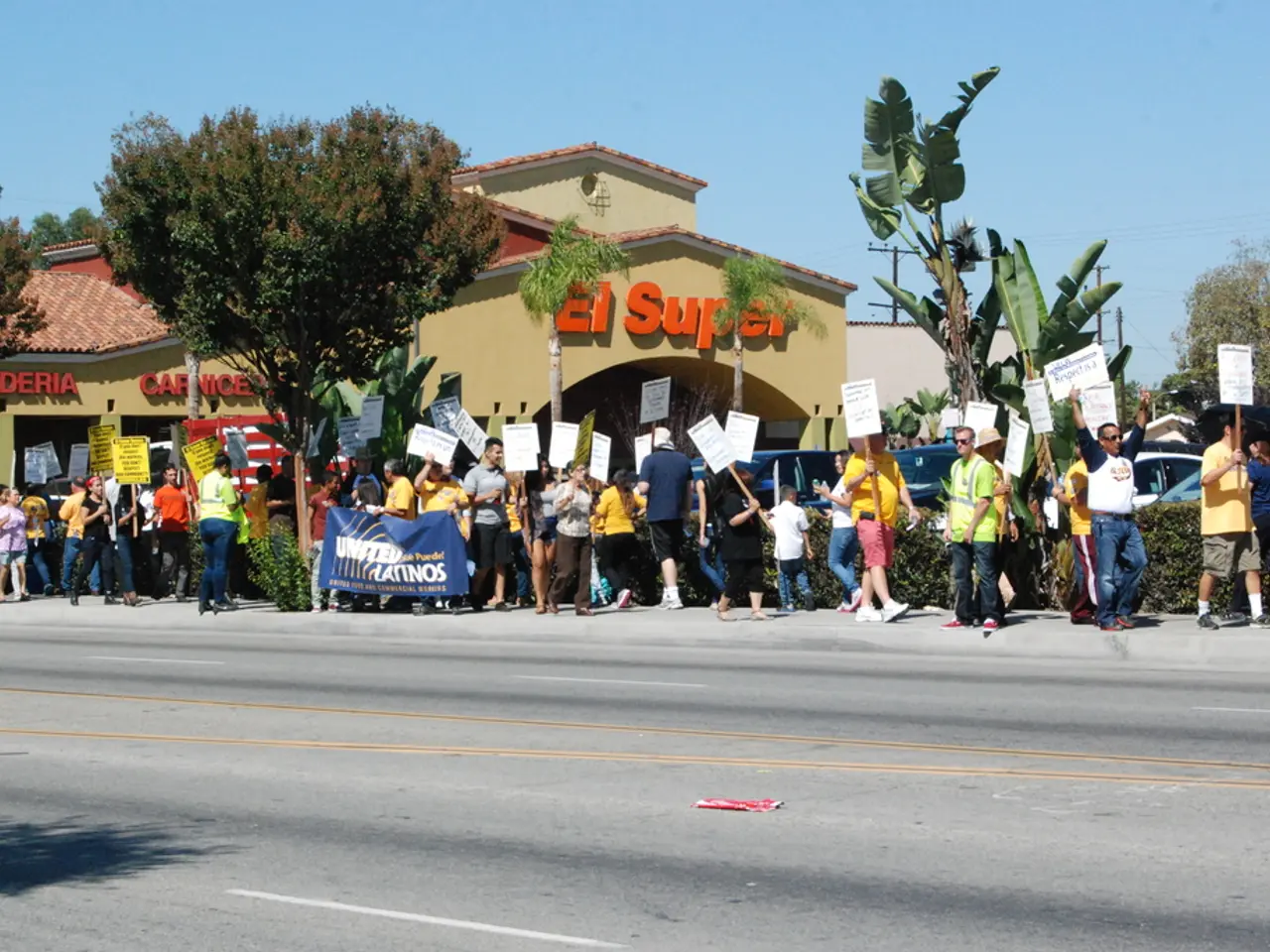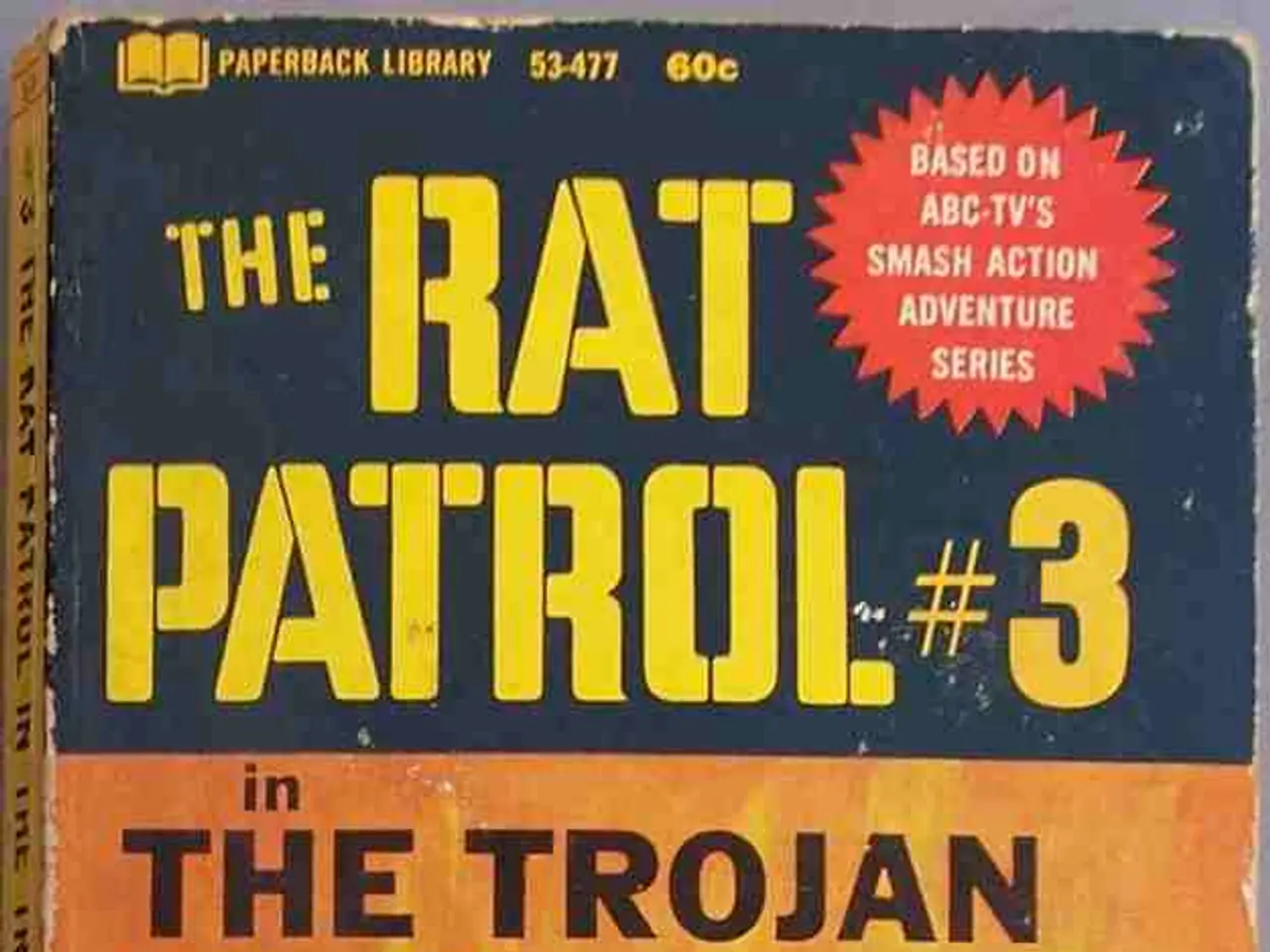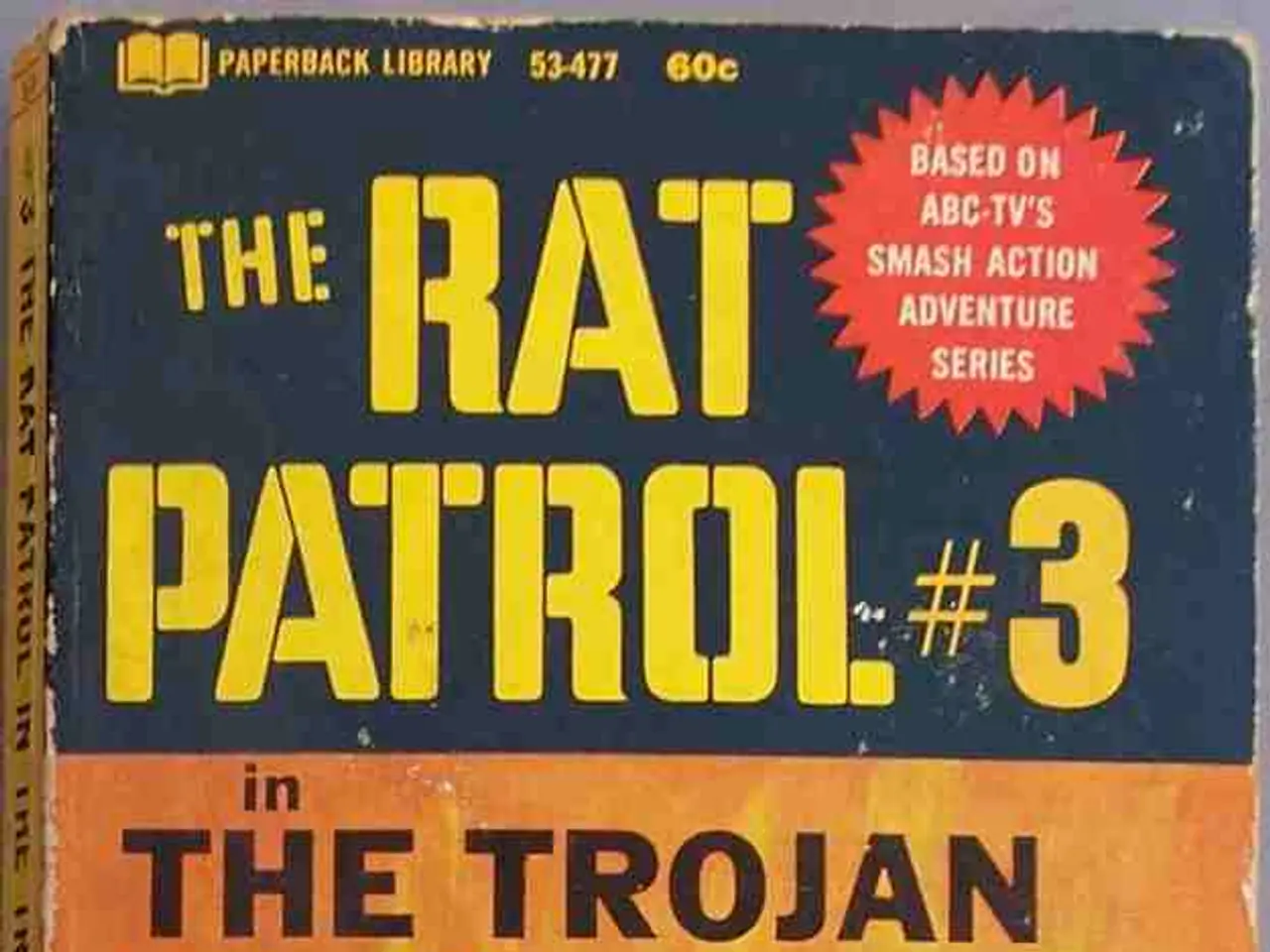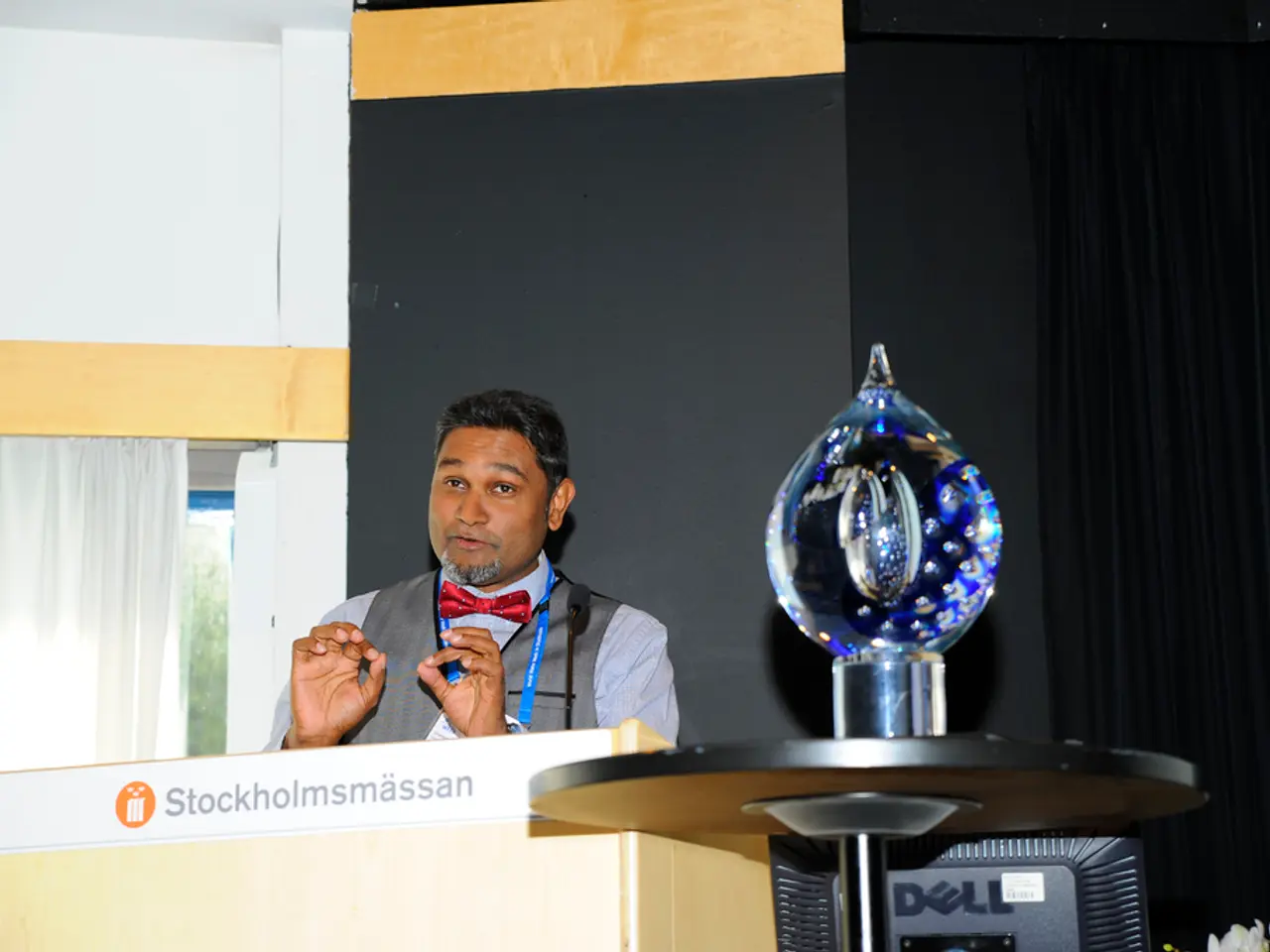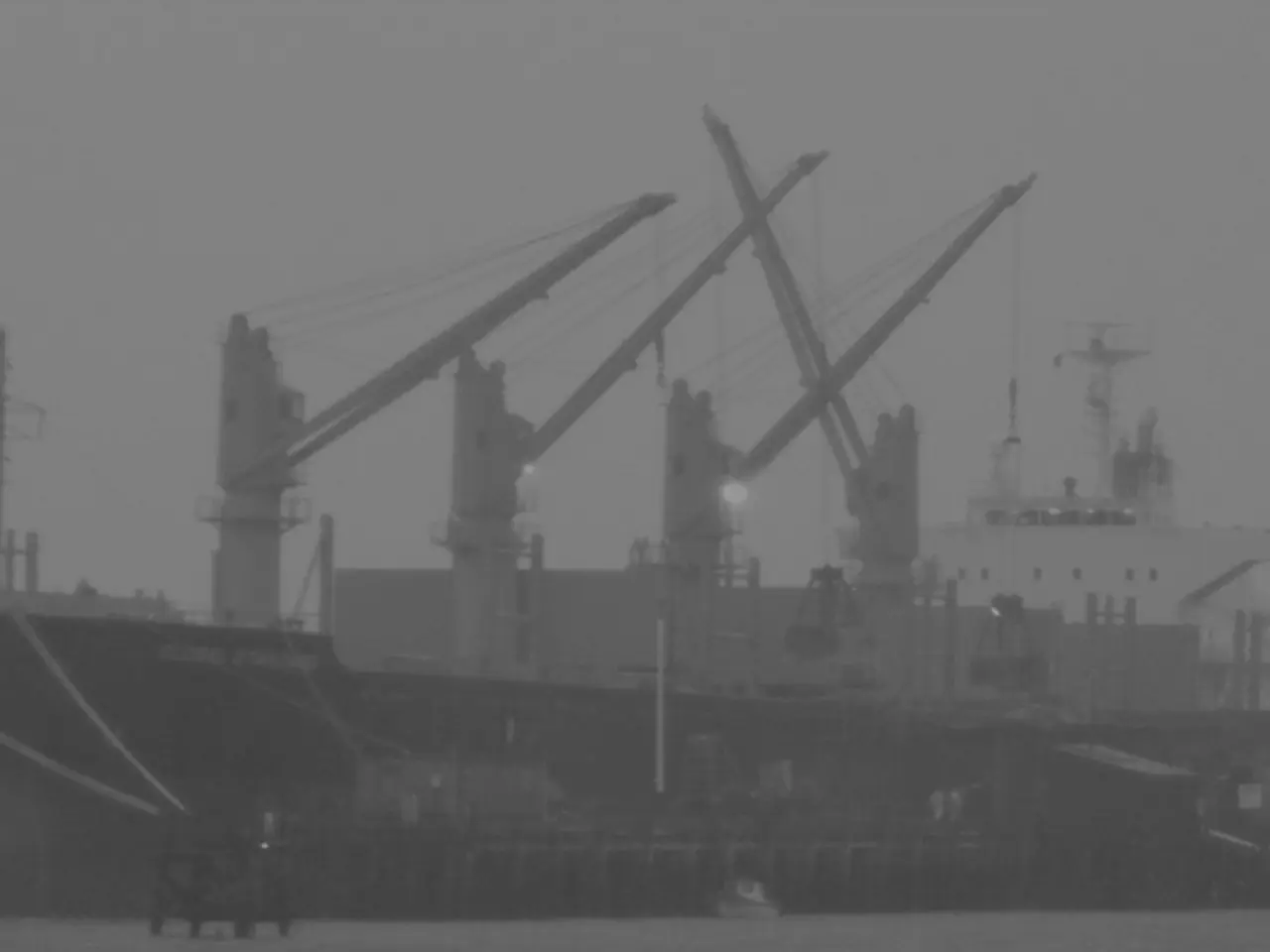Seventy-decade Narratives of Endurance Following Hiroshima Bombing
In the aftermath of the devastating nuclear bombing of Hiroshima on August 6, 1945, a sense of resilience and determination to promote peace emerged in the city. Over 70,000 people lost their lives instantly, leaving a gaping void in the community. However, among the ruins, a few survivors and remnants of nature began a journey of healing and remembrance.
John Hersey, a 32-year-old American journalist, was one of the first to document the stories of six survivors. His report, published on August 31, 1946, caused a sensation in the USA and Europe. The six survivors included Kiyoshi Tanimoto, a Methodist pastor; Hatsuyo Nakamura, a widowed seamstress; Masakazu Fujii, a wealthy doctor; Toshiko Sasaki, a young office worker; Father Wilhelm Kleinsorge of the German Jesuit mission; and Terufumi Sasaki, a young surgeon from the Red Cross Hospital.
One of the most remarkable survivor stories is that of Father Wilhelm Kleinsorge, who was lying on his bed in the top floor of the three-story mission house, reading the magazine "Stimmen der Zeit" when the bomb exploded. Miraculously, he survived, and his account became a testament to the power of resilience in the face of unimaginable destruction.
Among the physical remnants of the city, a number of trees miraculously survived the nuclear blast. About 170 trees within a two-kilometer radius of the hypocenter survived the nuclear destruction, including Ginkgos, Kurogane oaks, Japanese loquats, and willows. These surviving trees are part of the collective memory in Hiroshima and are often found in schoolyards, temple gardens, and public parks with small signs telling their stories.
The care of these surviving trees is in the hands of volunteers, city gardeners, and Buddhist monks. However, they are threatened today, not by bombs, but by concrete and forgetfulness. The city's rapid development poses a threat to these historic trees, making their preservation a priority for those who value the city's history and its message of peace.
In addition to the surviving trees, the Social-Book Café in Hiroshima serves as a reminder of the city's commitment to peace. Founded by Erika Abiko, who was politicized during her school years and is involved in the peace movement, the café is a meeting place and a venue for discussions about peace. The café hosts events such as film screenings, author readings, and discussions on current issues like the situation in Gaza. Hibakusha - survivors of the atomic bombings - share their stories at the café on three dates each month, providing a unique opportunity for visitors to connect with the city's history and its people.
The Social-Book Café's significance lies in its role as a cultural and peace-oriented hub connected to the broader peace movement in Hiroshima. It links residents, survivors, and visitors in a shared mission to prevent nuclear war and honor victims. The café is a testament to the city's commitment to peace education, survivor testimonies, and cultural exchange centered on the atomic bombing's legacy.
For those seeking detailed historical data and specific activities of the Social-Book Café, further dedicated resources or official Hiroshima peace promotion organizations would need to be consulted. However, it is clear that the café plays a vital role in fostering communal healing and sustaining the peace movement by keeping the memory of the bombings alive through dialogue, literature, and art.
War-and-conflicts continue to be a significant topic in general news, with the story of Father Wilhelm Kleinsorge, a survivor of the nuclear bombing of Hiroshima, serving as a powerful reminder of the resilience of human spirit in the face of such devastation. In contemporary Hiroshima, politics also intersects with peace when discussions about current issues like the situation in Gaza are held at the Social-Book Café, a hub dedicated to peace education and survivor testimonies.
